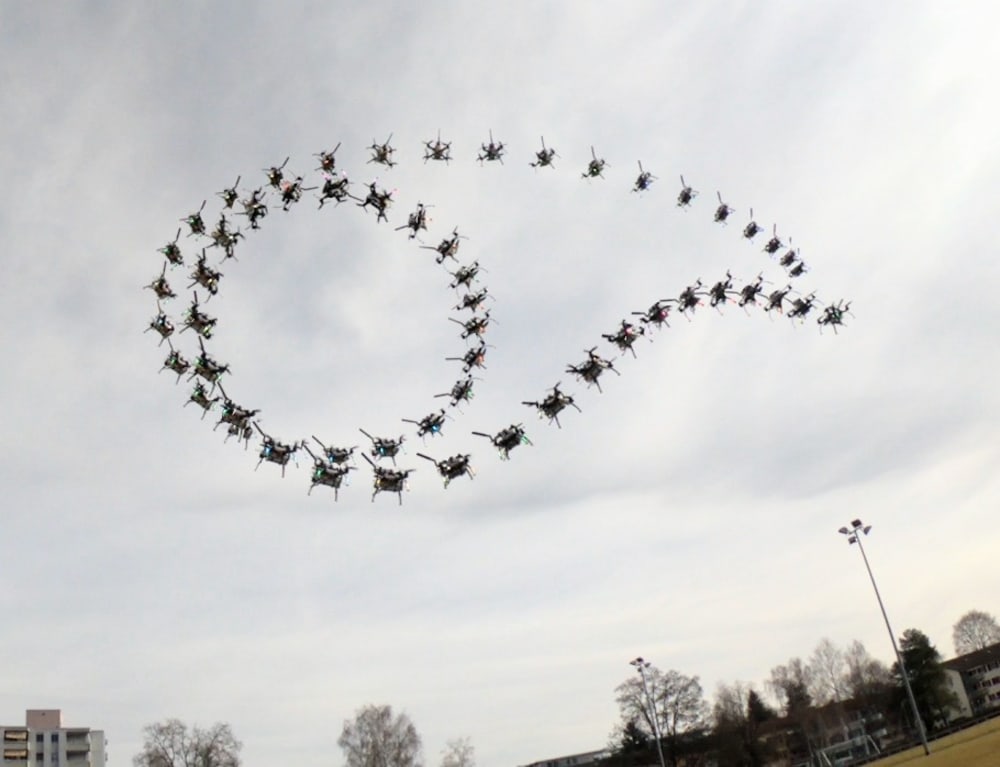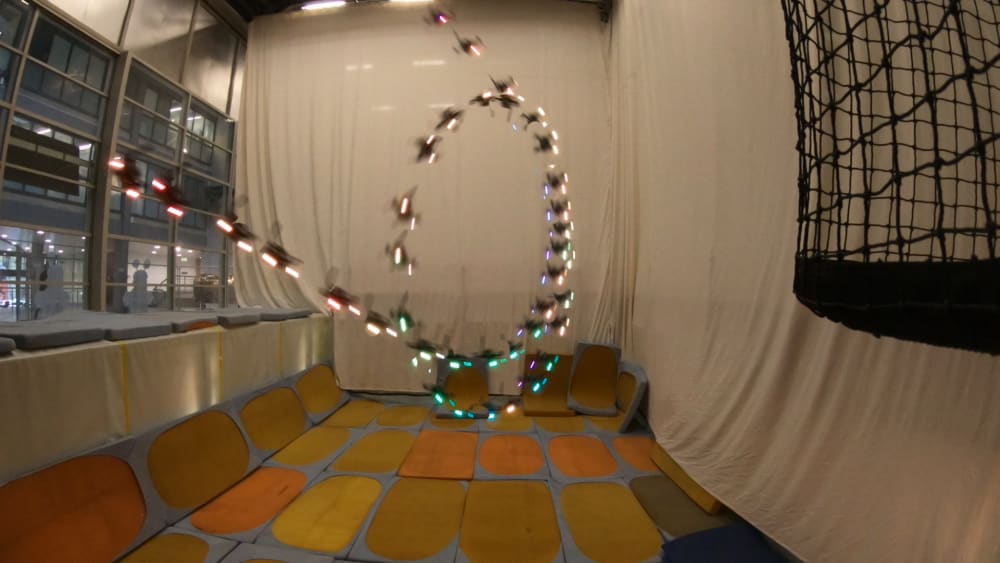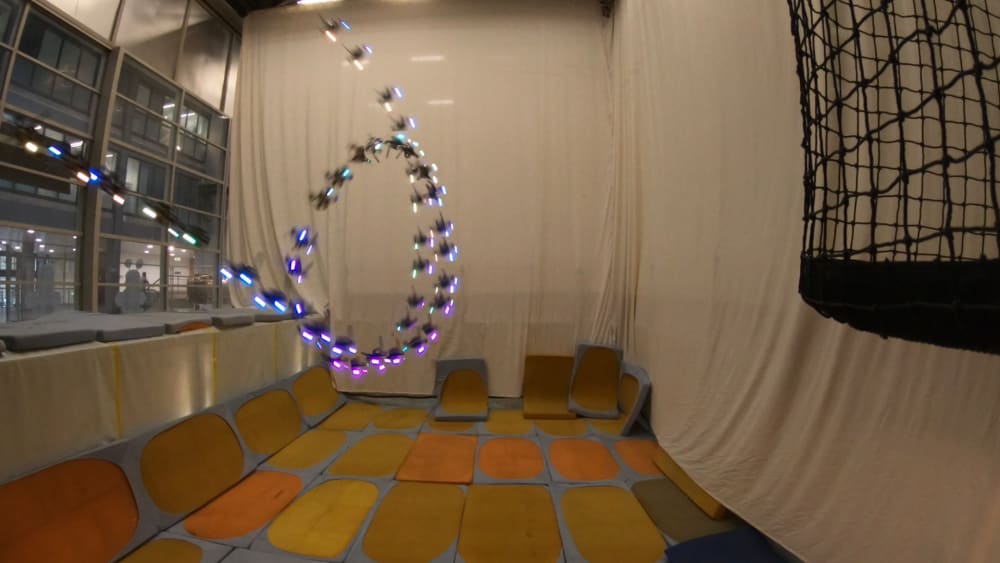

During the last decade, the commercial drone industry has grown exponentially. Even though the hardware has improved significantly during that time, drones are still limited by their battery life of 10-20 minutes. Such limited flight time restricts their use in many applications, such as search and rescue, delivery, and inspection. Making autonomous drones more agile would allow them to cover larger distances within their limited battery time.
However, agile flight is an extremely difficult problem to solve because it raises fundamental challenges for robotics research in terms of perception, planning, learning, and control, which is one of the most exciting and hardest challenges of the next decade.
We present the first work to safely train agile flight controllers in simulation and deploy them with no fine-tuning on physical quadcopters while only using onboard sensing and computation. We show that a quadcopter can perform acrobatic maneuvers in the real world with unprecedented agility while only relying on onboard sensing and computation.
This work was done in collaboration with Intel and received significant international coverage by the media such as IEEE Spectrum, Wired, Der Spiegel, and Daily Mail.
Video
-
Awards
-
 2021 Aerospace & Defense Honorable Mention
2021 Aerospace & Defense Honorable Mention -
 2021 Top 100 Entries
2021 Top 100 Entries
Like this entry?
-
About the Entrant
- Name:Antonio Loquercio
- Type of entry:teamTeam members:Elia Kaufmann
Antonio Loquercio - Patent status:none








